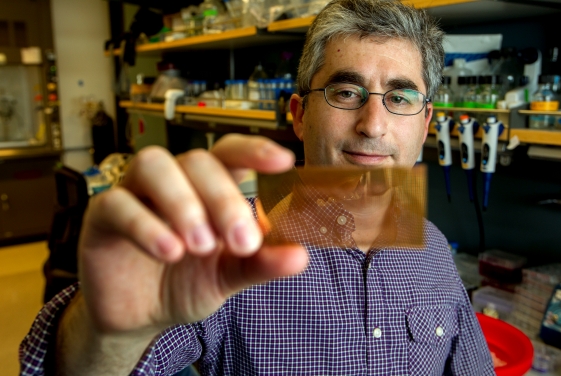

Decades ago, the two types of diabetes were easy to differentiate in presenting patients. Children with high blood sugar were almost exclusively type-1, while newly diagnosed adults, who were typically overweight, were type-2. These days, age, weight, and family history are often not good predictors of diabetes type, since many more kids are overweight and type-1 has been getting diagnosed more frequently in adults. This has posed a challenge for clinicians. There is currently a test for islet cell-targeting autoantibodies, but it requires radioactive materials, is expensive, and takes a few days for results to come in.
Researchers at Stanford University have now developed a gold plasmonic chip capable of detecting the autoantibodies using near-infrared fluorescence–enhanced (NIR-FE) technology. The glass of the chip is coated with nano-sized bunches of gold which amplify the fluorescence produced. It produces results in minutes, will cost roughly $20 once commercialized, and requires little blood. Moreover, the device is reusable for at least 20 successive runs.
Study in Nature Medicine: A plasmonic chip for biomarker discovery and diagnosis of type 1 diabetes…
Press release: Researchers invent nanotech microchip to diagnose type-1 diabetes…
